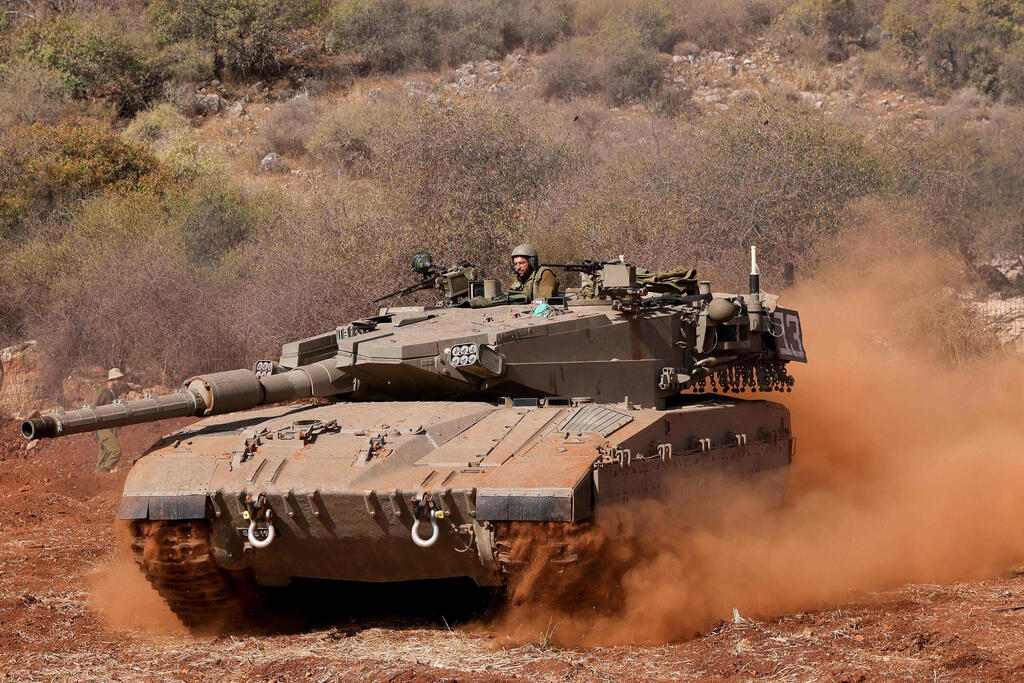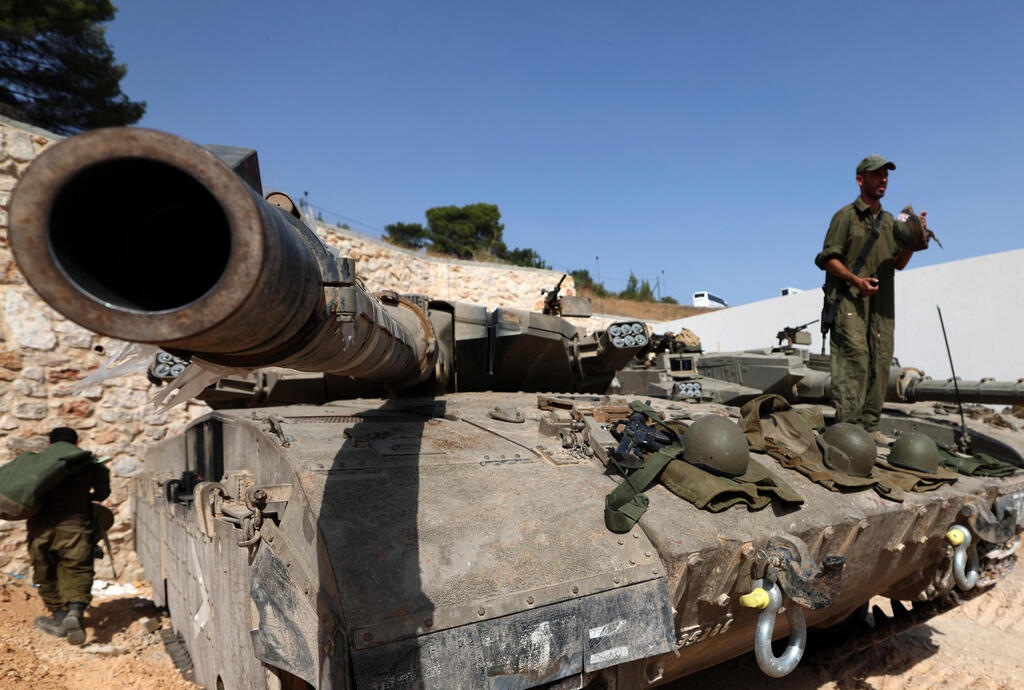Getting your Trinity Audio player ready...
There's a “considerable chance for a significant deal” to release a large number of captives from the Gaza Strip, senior Israeli officials told Ynet late on Wednesday
More stories:
The agreement, mediated by Qatar, will focus on the release of women, children and the elderly who have been held in captivity by Hamas since the terrorist group's October 7 onslaught on Israeli border towns.
However, the officials emphasized that such negotiations will not halt the impending ground offensive, although they are aware that such a move will dramatically decrease the likelihood of similar agreements in the future.
They further noted that the window of opportunity was quickly closing as Israel’s patience was wearing thin and that only a set deadline for Qatari and U.S. mediators would compel Hamas to show flexibility. Meanwhile, the terrorist group is taking advantage of the situation, preferring to release a few captives at a time to buy more time.
Two main concerns have emerged during discussions at both diplomatic and military high command discussions – first, the extended standby of tens of thousands of reservists, coupled with the preparation time afforded to the enemy. The second is the issue of the captives and efforts to maximize the chances of their release.
Officials further noted that what seemed like stalling turned out to be a wise strategic move as the delay allowed for the fine-tuning of operational plans. Meanwhile, Hamas faces challenges such as dwindling fuel supplies and limited food accessibility for its members while Israel continued to pound its assets above ground.
The officials indicated that the senior leadership of Hamas is primarily underground, and there's no substitute for a ground operation. The primary goal is to collapse the organization’s labyrinthine tunnel system. The intelligence available to the IDF is anticipated to substantially increase once they enter the Gaza Strip.





